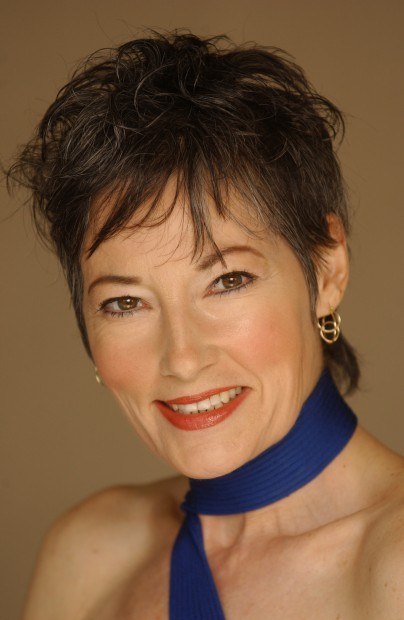Functional fitness means training your body for real-life situations in everyday activities, safely and efficiently. Functional fitness exercises are designed to make it easier to do things, such as playing with your kids or carrying the groceries. Ever wonder about
Functional fitness means training your body for real-life situations in everyday activities, safely and efficiently. Functional fitness exercises are designed to make it easier to do things, such as playing with your kids or carrying the groceries. Ever wonder about the friend you know who can bench press and lat pull a load of weight at the gym and then goes on a camping trip and pulls his back out unloading the car? That is an example of a lack of functional fitness. Your body might look great and all your muscles appear toned, but if you can’t get your child out of their car seat without hurting your back, you are not functionally fit.
Weight machines and conventional gym equipment isolate muscle groups but don’t teach the muscles to work together. The key to functional exercise is integration of the muscle — teaching them to work together. This type of training is important not just for working people but also for older people who want to continue living independently.
So let’s think about the bent-over one-arm row. This is a free-weight exercise that has you leaning over a bench with a flat back, usually with one knee up on the bench, and rowing only on one side. The elbow comes up by your side and then you slowly lower the weight fully down to stretch the lats. This is an exercise that works your back, your shoulders, the arms and your abs as stabilizers. In fact, because you stand and bend to do this exercise, you work just about everything all at the same time, so you are building functional strength.
Compare this with a seated row exercise where you are locked into the parameters of a machine, pulling handles back along a fixed path, really isolating your back with a little bicep thrown in — no stabilizers, very little abdominal work and little integration of your whole body. So now think about the bent-over one-arm row and see how that relates to a nurse moving a patient in bed, a handyman sawing a board or a mother picking up something for her child.
Most people would likely start functional fitness training with no weights at all, just using their own body weight. For most people, although they may have been working out with weights or machines, they can’t do a one legged squat without falling over. This is what leads to real-life problems.
Functional fitness uses your core extensively when you train with exercises using both the upper body and lower body together. The idea is to use multi-joint, multi-muscular movements. An example is the squat-to-bicep curl, which uses the same muscles as when you pick up your laundry basket or your briefcase from the floor.
Another functional exercise is multi-directional lunges, which use the same muscles as when you vacuum or do yard work.
Functional exercises can be done at home or at the gym with such exercise tools as stability fitness balls, kettle, bells, exercise tubing or small weights. It is a very good idea to get with a certified trainer who understands functional fitness to set you up on a program that will identify any weak spots or trouble areas that you have and then can design a program for you given your needs and your lifestyle.
If you don’t address the integration of your muscles, you will notice that your strong muscles get stronger and your weak muscles will weaken and you will then develop compensation in your movements and get injured, perhaps doing something as simple as opening the fridge.
Many people who begin training functionally are surprised at how difficult it is compared to using machines.
The training is different also in that you don’t train till failure but only until your technique begins to go off.
It is important to realize that all functional exercises occur in all three planes of movement, so you will develop not just functional strength but also functional flexibility and efficiency, which carries over to your life outside the gym or workout session.
As a trainer who loves working with people who genuinely want to be all-around fit, functional training is always a part of any program that I prescribe. I’m also pleased to let Kaua‘i know that the new owners of Kaua‘i Athletic Club, Scott and Josh, are huge proponents of functional fitness and you will see a strong focus in that direction at their center. We want to help Kaua‘i get healthy and stay healthy all lifelong.
• Jane Riley, B.A., C.P.T, C.N.A., can be reached at 212-1451 or www.janerileyfitness.com.


